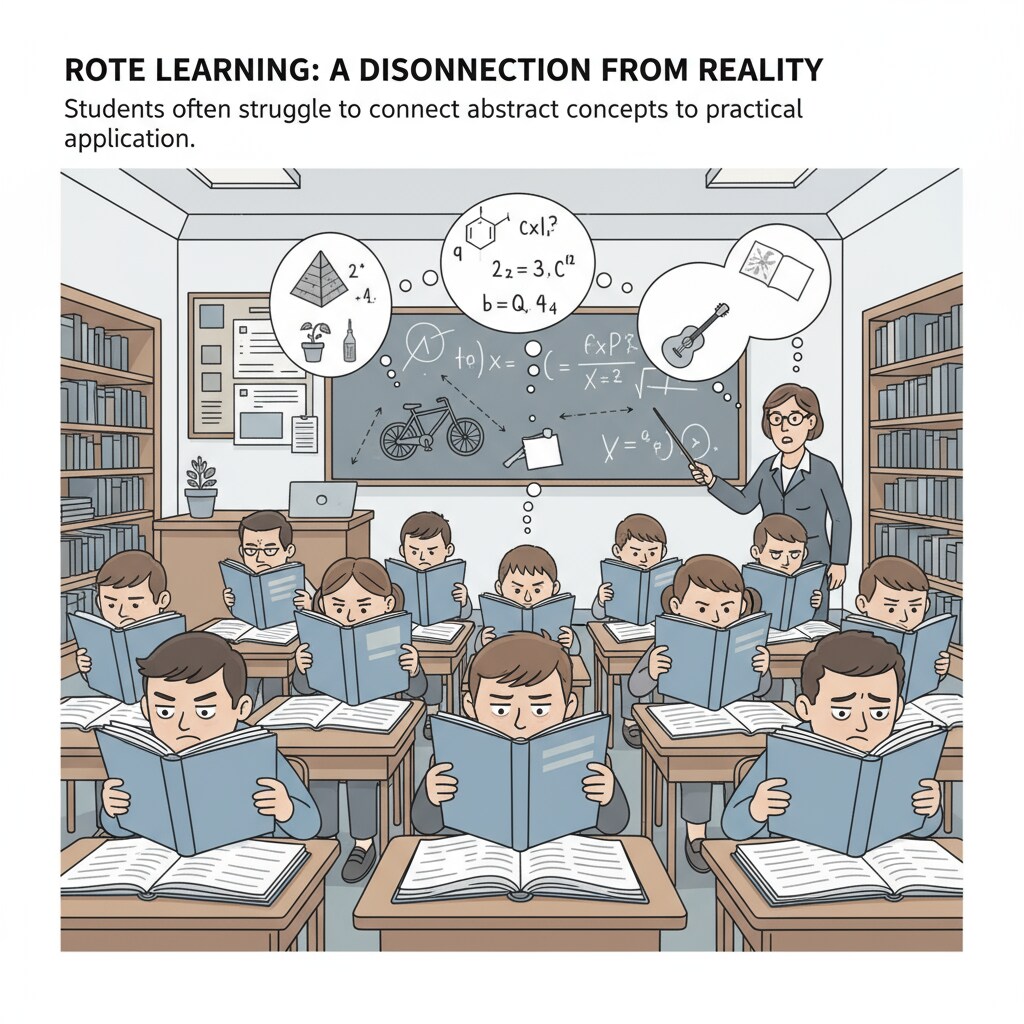In the realm of school education, the issue of practicality and learning content has long been a topic of concern. Currently, in the K12 education system, a significant chasm exists between the knowledge students acquire and its real-world application. Students are often burdened with memorizing copious amounts of information that seems to have little relevance to their daily lives.

This disconnection has far-reaching implications for their development and preparedness for the future.
The Root Causes of the Disconnect
One of the primary reasons for this divide is the traditional curriculum design. For a long time, the K12 curriculum has been centered around academic knowledge, emphasizing theoretical concepts rather than practical skills. As a result, students are well-versed in historical dates, complex mathematical formulas, and literary analysis, but struggle when faced with real-life situations such as managing personal finances or solving practical problems at home. Curriculum design on Wikipedia Another contributing factor is the teaching methods employed. Many teachers still rely on rote memorization and lecture-style teaching, which do not encourage students to think critically or apply knowledge in practical scenarios.

The Impact on Students
This disconnection between school education and real life has a profound impact on students. Firstly, it can lead to a lack of motivation. When students fail to see the practical value of what they are learning, they may become disengaged and lose interest in the learning process. Secondly, it hinders their ability to develop essential life skills. In today’s society, skills like problem-solving, communication, and adaptability are crucial for success, but the current education system does not adequately prepare students in these areas. Moreover, it can create a sense of anxiety and uncertainty when students transition from school to the real world, as they realize they are ill-equipped to handle real-life challenges.
Rewiring Education for Practicality
To address this issue, a fundamental rethinking of the K12 education system is needed. One approach is to integrate more practical components into the curriculum. For example, adding courses on financial literacy, home economics, and digital skills can help students develop relevant life skills. Additionally, schools can collaborate with local businesses and communities to provide students with hands-on learning opportunities, such as internships and project-based learning. Education reform on Britannica Teachers also need to adapt their teaching methods to be more student-centered and interactive, encouraging students to explore and apply knowledge in real-world contexts.
In conclusion, the disconnection between school education, practicality, and learning content in the K12 system is a complex issue that requires immediate attention. By understanding the root causes and taking proactive steps to bridge the gap, we can ensure that students receive an education that not only imparts knowledge but also equips them with the skills and confidence to thrive in the real world.
Readability guidance: The article uses short paragraphs and lists to summarize key points. Each H2 section provides a clear perspective. The passive voice and long sentences are kept to a minimum, and transition words are used throughout to enhance flow and connection between ideas.


